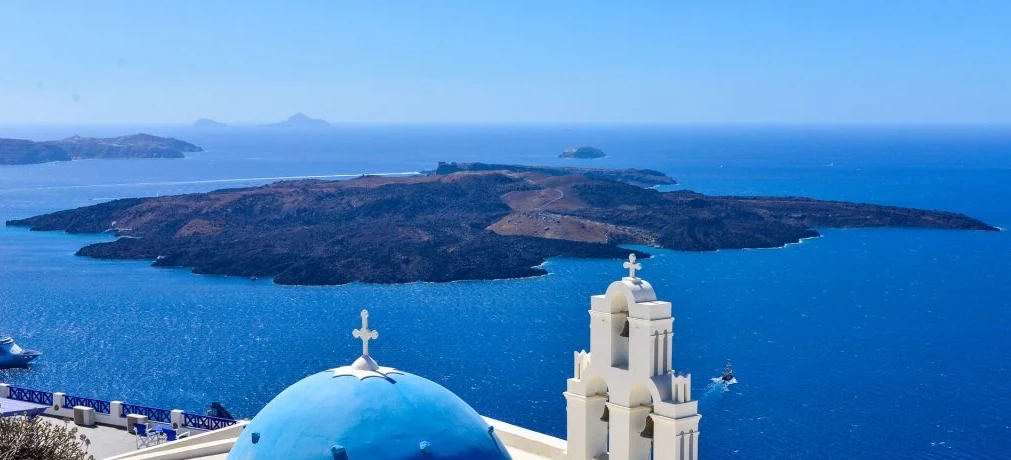Review
The promise of the volcano
“Laphotographie est díj?) tirie dans les choses”
Matiere et mimoire Henry Bergson
Irini Drosou handles a unique material, which she chose because it penetrates the tragic play of the primal forces of the elements that sometimes oppose with unrestrained violence and sometimes unite with the phenomenon of fusion that eliminates the opposites. On the island of Santorini, where it originates, it turns to the most central element, the one farthest from the sea, which is the main regulator of life on the island. Ignoring the common consciousness that isolates the land between sky and sea, its intention is to meet with the vertical of the volcano that unites the heights with the greatest depths, thus dominating the island and at the same time penetrating deep into the earth.
The pictorial material of Irini Drosou is the subsoil, the lavas that rise up from the volcano: pieces, grains and dust of lava. And there are many colors and types of lava. Her primary quest is to explore and identify the lava fields among the materials that the volcano brings to the surface from the depths of the island. Irini Drosou is not unaware that she is walking among those lavas that have turned into cold ash with dark, earthy and faded colors. He knows he is coming to the volcano after the eruption. But the memory of the fire is still there, a before that insists on the after and wants to return. A hopeful light for the blind that the volcano promises when it vibrates and rumbles.
Between the lavas, the gaze wanders in the gray tones, failing to focus in front of the very unstable differences. The movement of the hand must precede. She is the one who chooses the volumes of the materials, dominates those that manifest colorings. She separated them in the atelier according to their color strength, crushed the most atypical formations and never tired of traversing the mineral ash that hides within it the warmth that connects it to the fire of the past. An eye that touches accompanies the movement of the hand to form a chthonic-looking object that exudes nothing but primal feelings. It is this look of the hand that separates the lavas according to the quality of shade, that turns them into skin by caressing them, and that burns gathering the most charred pieces into a background to distinguish between them the darkest shade.
The volcano is the image of cosmic time. The moving column connecting the crater to the deep subterranean strata runs through geological ages towards the original core. The lavas it hurls indiscriminately mix the detached sections from the earth layers it crosses on its way up to the top. Like any reflected image, it is reversed. For those who see the volcanic process as an entryway into the generative chaos where everything is created, the volcano reconstructs an image of becoming. The Lavas of Irini Drosos is the search for such a painting, a body inextricably linked to the universe formed between ash and fire.
Robert Albouker, July 2004



